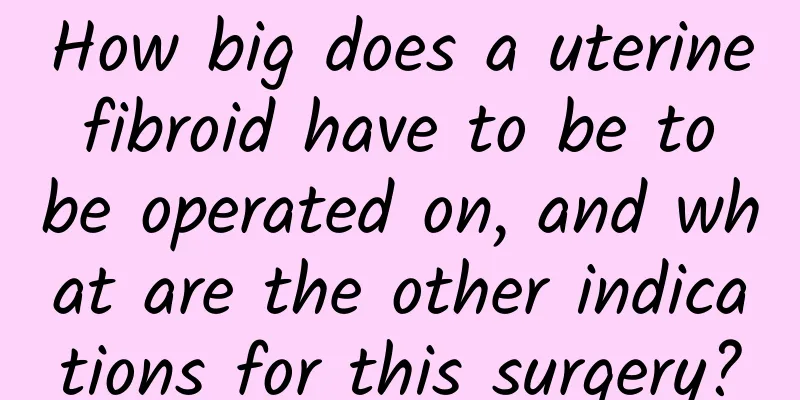Why do women have anovulatory functional uterine bleeding?

|
In a normal menstrual cycle, the hypothalamus produces gonadotropin-releasing hormone (Gn-RH), which stimulates the anterior pituitary gland to secrete follicle-stimulating hormone and luteinizing hormone. Follicle-stimulating hormone causes the follicles to begin to develop, and under the action of a small amount of luteinizing hormone, the follicles secrete estrogen. Estrogen acts on the endometrium and causes proliferative changes. When the follicle matures, it secretes a large amount of estrogen, causing the pituitary gland to release a large amount of luteinizing hormone, forming a luteinizing hormone peak, which can cause the mature follicle to rupture and ovulate. Under the action of luteinizing hormone and follicle-stimulating hormone, the ruptured follicle forms a corpus luteum. The corpus luteum secretes progesterone and estrogen, and progesterone can transform the proliferative endometrium into the secretory phase. Because the corpus luteum secretes a large amount of progesterone and estrogen, it in turn inhibits the hypothalamus, causing a decrease in luteinizing hormone and follicle-stimulating hormone, atrophy of the corpus luteum, and a decrease in the secretion of progesterone and estrogen. The endometrium cannot get the support of estrogen and progesterone, resulting in necrosis, shedding, and the onset of menstruation. If the follicles only develop to a certain extent but are immature, they can secrete a certain amount of estrogen, but they cannot reach the peak of estrogen secretion, resulting in the ovary failing to ovulate. Without ovulation, there is no corpus luteum formation, and no progesterone secretion. In this way, the endometrium remains in the proliferation phase and cannot change to the secretory phase. Although the uterus bleeds on time, it is not true menstruation, but anovulatory menstruation. Because there is no ovulation, it will inevitably lead to infertility. |
<<: Can patients with chronic pelvic inflammatory disease enjoy sexual life?
>>: Causes of pelvic inflammatory disease that require special attention in daily life
Recommend
I love eating hotpot and I get acne and constipation... Spicy hotpot, ginger duck, sesame oil chicken, which one has the highest calorie content?
The temperature in winter is like a slide, and th...
Pay attention to follow-up examination after abortion to ensure good health
With the development of modern medical technology...
What are the symptoms of female pelvic inflammatory disease? There are acute and chronic types
Pelvic inflammatory disease can be acute or chron...
What are the causes of irregular menstruation?
What are the causes of irregular menstruation? Ir...
How to diagnose ovulation bleeding
What are the methods for checking and diagnosing ...
Several commonly used methods for treating ovarian cysts
At present, there are three main methods commonly...
What are the symptoms of cervical erosion in women? 4 clinical manifestations of cervical erosion
Cervical erosion casts a thick shadow on the happ...
Girls' pursuit of "skinny" can easily lead to amenorrhea
Recently, there is a bad sign that some girls sud...
Do you need to fast before abortion? What should you pay attention to before abortion?
There are many female friends around us who need ...
What complications can irregular menstruation cause?
Nowadays, due to the fast-paced lifestyle, the in...
Pay attention to healthy babies and stay away from ectopic pregnancy
A healthy baby is the desire of all married coupl...
What to do with uterine fibroids during pregnancy? Can uterine fibroids smaller than 6 cm be left untreated during pregnancy?
When uterine fibroids occur in pregnant women, th...
Afraid of getting fat, eating too little and not getting enough calories will lead to three major problems! Nutritionist Zhao Hanying: Low-calorie pancakes prevent constipation
Many people don't eat for fear of getting fat...
Which is less harmful, medical abortion or surgical abortion?
Due to the openness of social relations nowadays,...
Adele lifts weights to relieve stress and treat anxiety! Become physically and emotionally stronger
British singer Adele, who appeared on the cover o...









